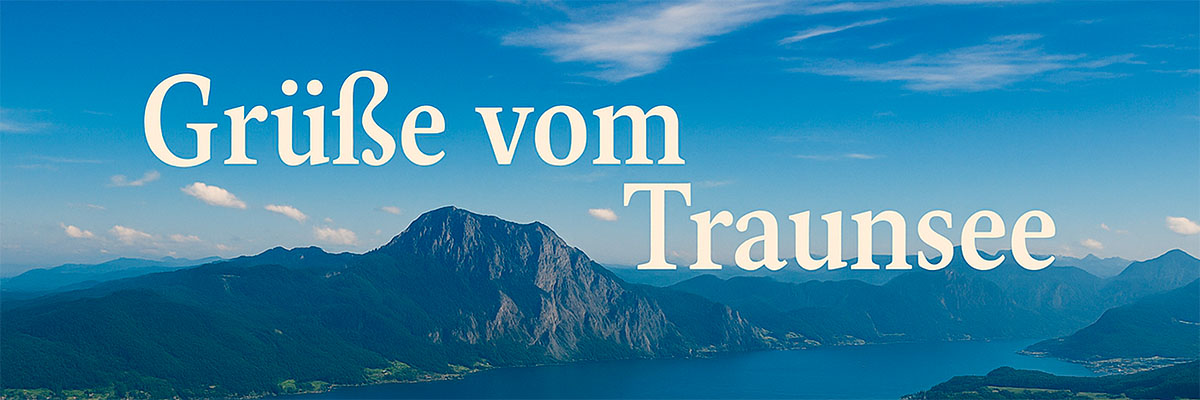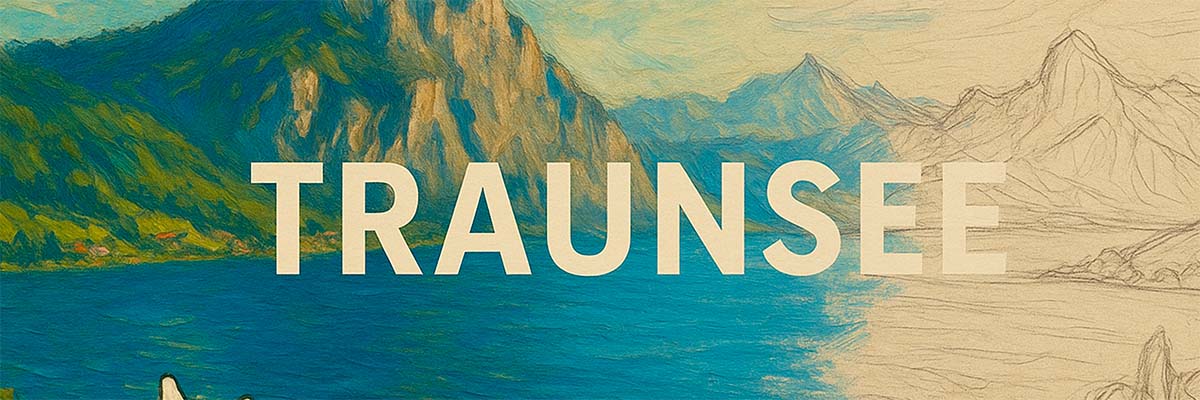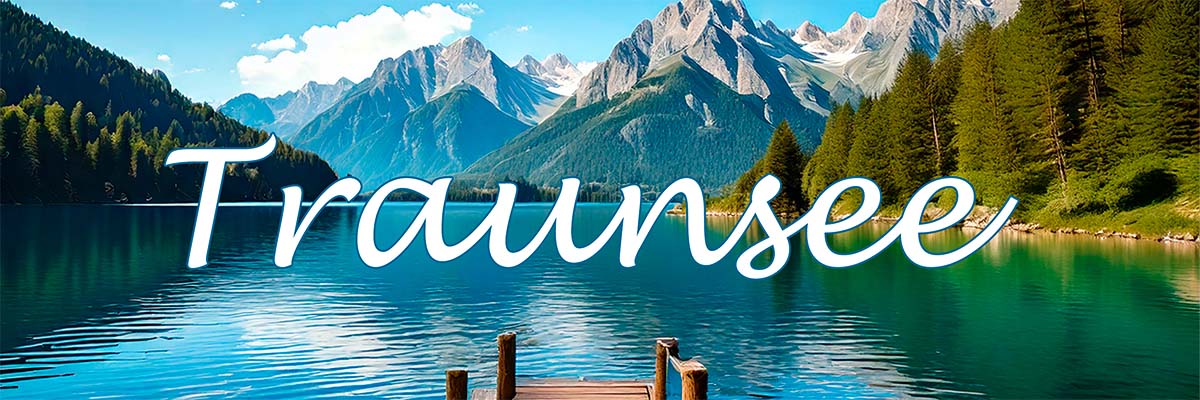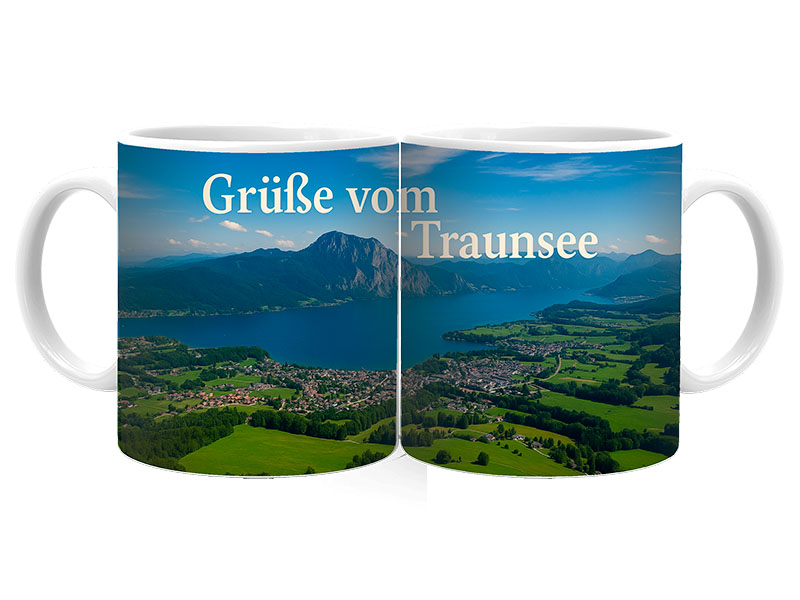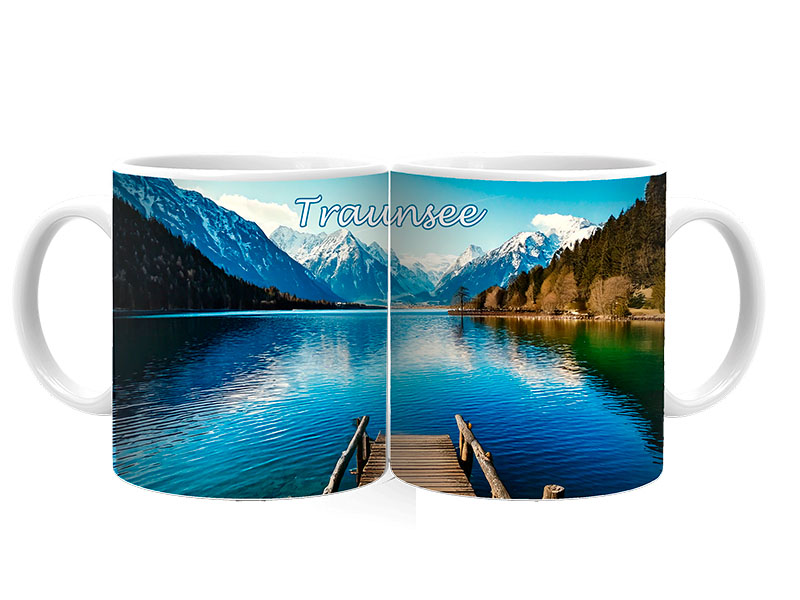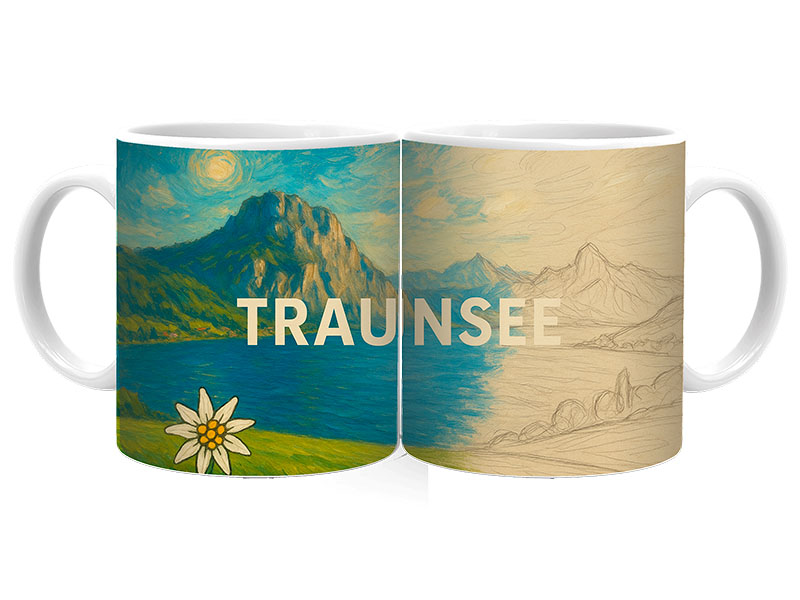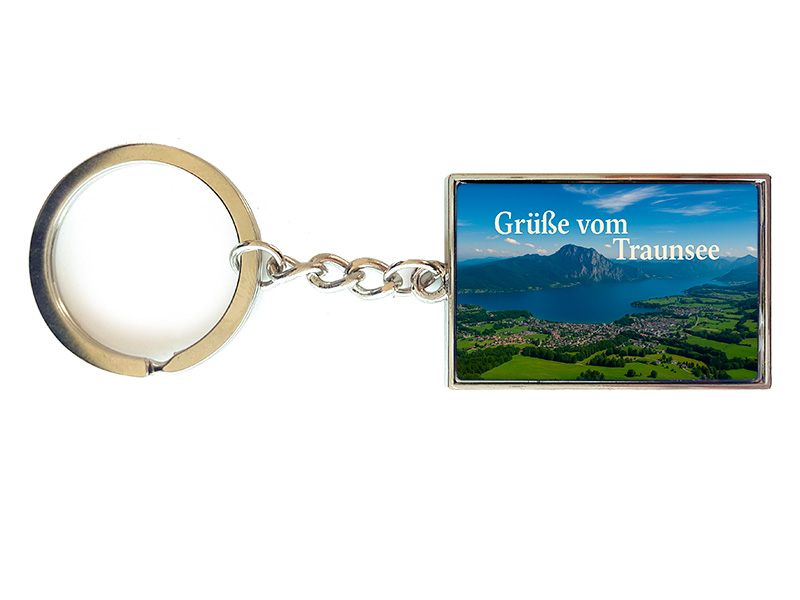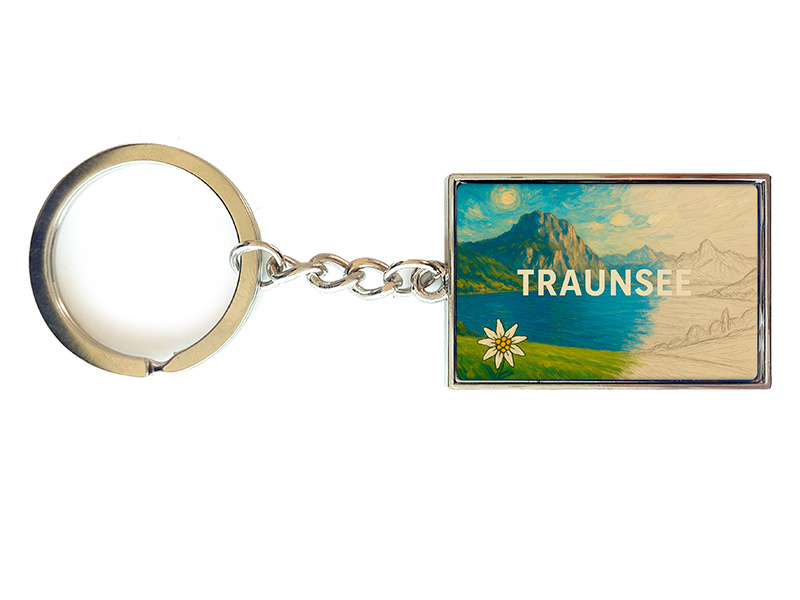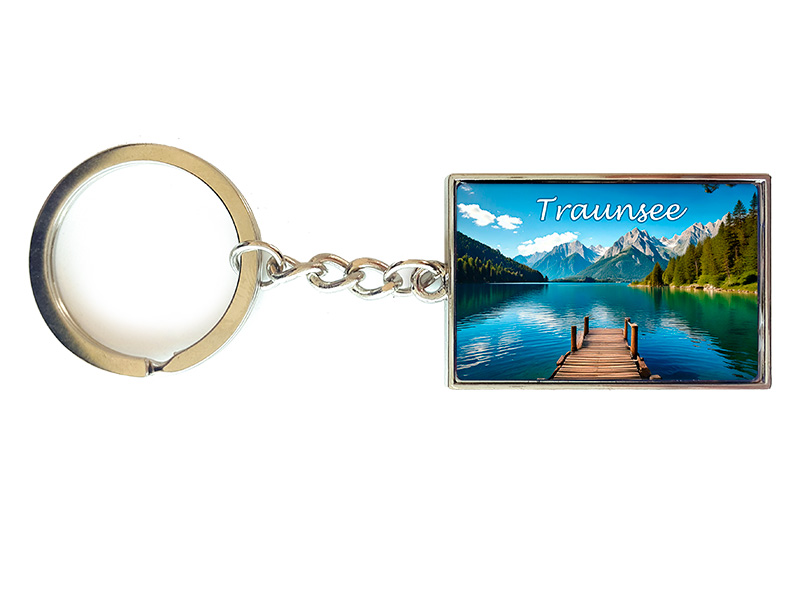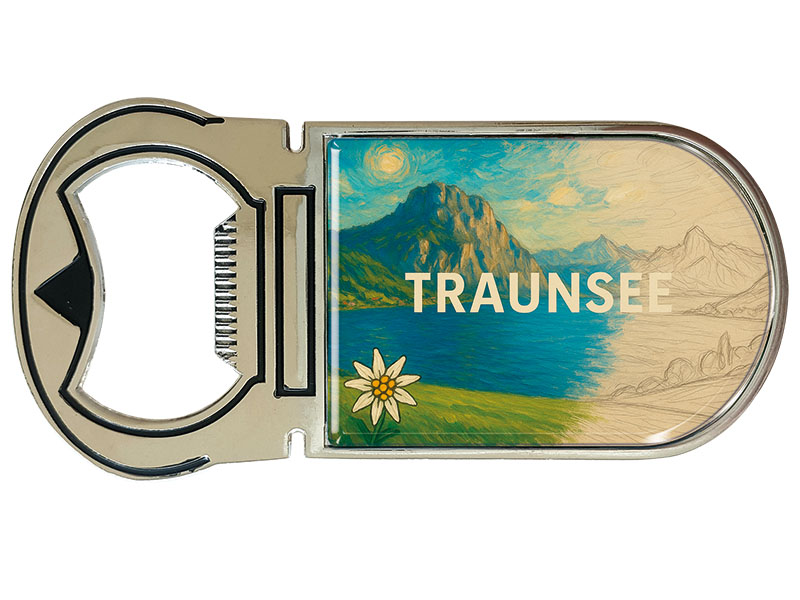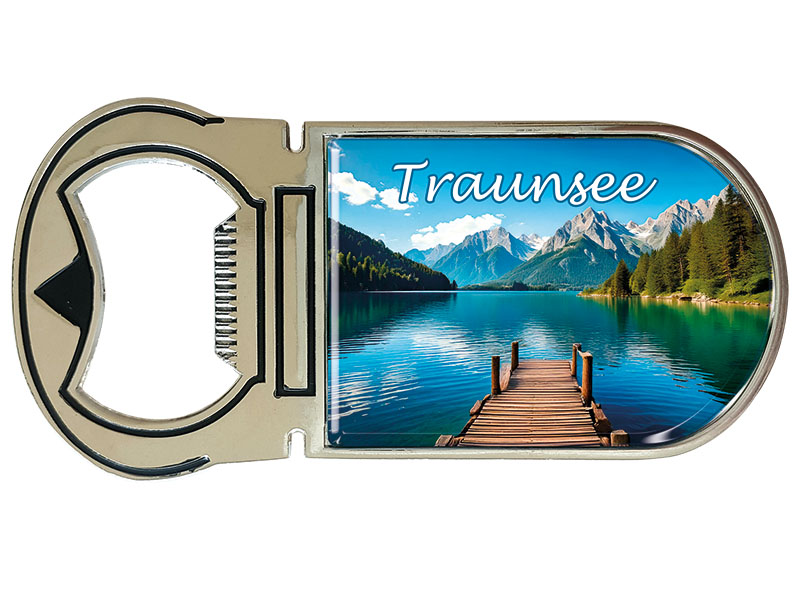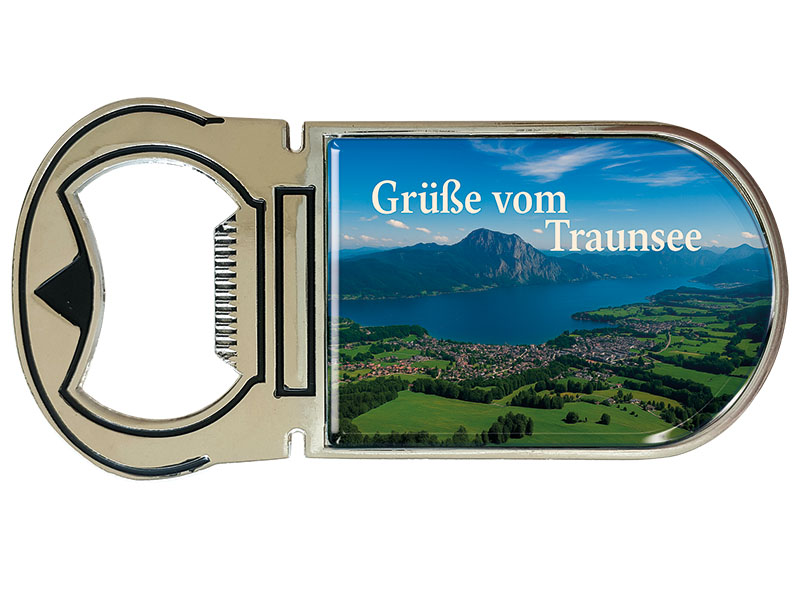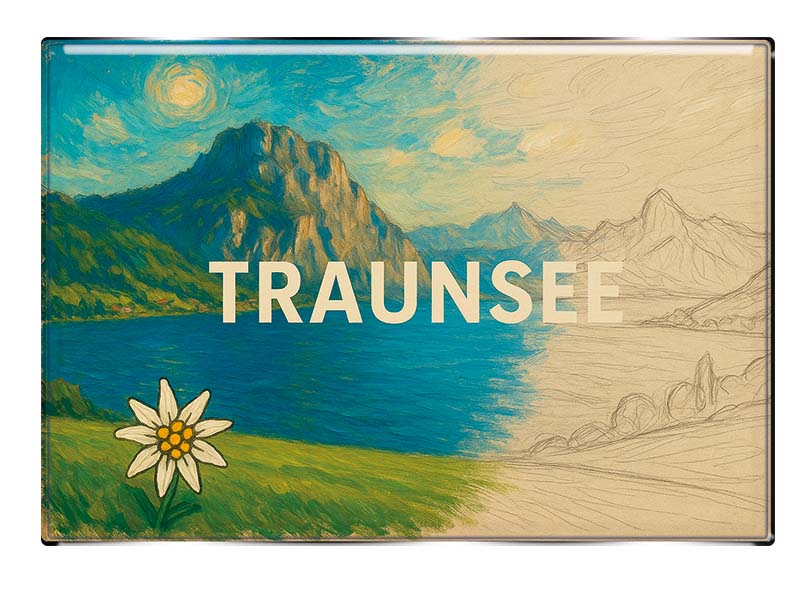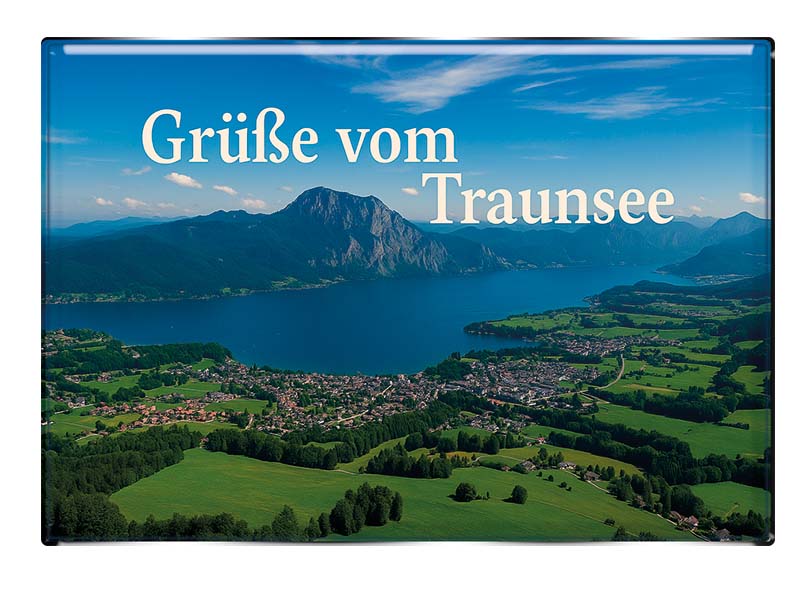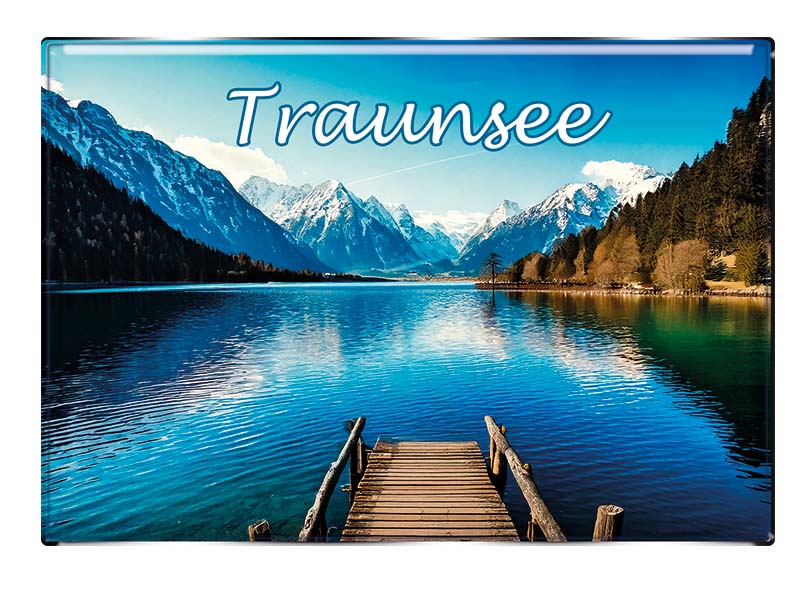- Vehicles
- Figures
- Witches
- Carnival
- Canvas
- Magnets
- Materials
- Maritime
- Hats
- New products
- Personalize
- Plush
- Dolls
- Collectible figures
- Keychain
- Special production
- %Special offers%
- Money boxes
-
Cities - Regions
- Bad Säckingen
- Bamberg
- Bayerischer Wald
- Berchtesgaden
- Berlin
- Bodensee
- Bremen
- Brocken
- Chiemsee
- Cochem
- Dinkelsbühl
- Dresden
- Eibsee
- Frankfurt
- Freiburg
- Gardasee
- Garmisch-Partenkirchen
- Hamburg
- Harz
- Heidelberg
- Helgoland
- Insel Mainau
- Kleinwalsertal
- Koblenz
- Köln
- Königssee
- Leipzig
- Lübeck
- Mecklenburgische Seenplatte
- München
- Nürnberg
- Oberammergau
- Passau
- Potsdam
- Quedlinburg
- Regensburg
- Rothenburg
- Rügen
- Schwarzwald
- Stuttgart
- Sylt
- Titisee
-
Traunsee
- Triberg
- Ulm
- Wernigerode
- Bags/Backpacks
- Textile
- Animal
- Subjects
More information? sign in.
More information? sign in.
More information? sign in.
Traunsee – Austria’s Deepest Lake in the Heart of the Salzkammergut
Origins and Historical Background
The Traunsee, located in the Austrian Salzkammergut region, is one of the country’s most remarkable natural treasures. With a surface area of about 24.35 km² and a maximum depth of 191 meters (some sources even say 204 m), it holds the title of the deepest lake entirely within Austria. Stretching roughly 12 kilometers from north to south and up to 3 kilometers wide, it contains an impressive 2.3 cubic kilometers of water.
The lake’s origins date back to the last Ice Age. Like many lakes in the Salzkammergut, its basin was carved out by glaciers, later filling with water as the ice retreated. This glacial history explains both the striking clarity of its waters and the dramatic mountain backdrop, most famously the Traunstein Massif rising steeply from the western shore.
The Romans, who settled in the region, already referred to the Traunsee as “Lacus Felix” – the “happy lake” – indicating how long it has captivated human imagination. In later centuries, the lake played an important role in the salt trade, as the Salzkammergut was one of the most important centers of salt mining in Central Europe, and waterways like the Traunsee were vital transport routes.
Folklore also adds a layer of mystery to the lake: locals still tell stories of a mythical water creature known as “Lungy,” the so-called Traunsee monster, said to inhabit its depths.
Geographical Location and Surroundings
The Traunsee lies at an elevation of 423 meters above sea level, nestled at the northern edge of the Northern Limestone Alps in the federal state of Upper Austria (Oberösterreich). It is surrounded by forests, alpine meadows, and rugged cliffs, making it one of the most scenic destinations in Austria.
Four municipalities share the shoreline of the lake:
-
Gmunden (north) – the cultural and economic center of the region.
-
Altmünster (west) – a charming lakeside community.
-
Traunkirchen (west) – famous for its historic monastery and peninsula setting.
-
Ebensee (south) – known for its access to mountain trails and the Feuerkogel cable car.
While the western shore is well developed with roads, promenades, and bathing spots, the eastern side remains largely natural and unspoiled. This combination makes the lake equally attractive to those seeking relaxation and those looking for outdoor adventure.
Population and Region
The broader Traunsee–Almtal region covers around 1,100 km² and is home to approximately 90,000 inhabitants. The town of Gmunden alone has around 13,000 residents and has long been the cultural and administrative hub of the area. It is especially famous for its ceramic industry, while the smaller towns of Altmünster, Traunkirchen, and Ebensee thrive on tourism, fishing, and small-scale crafts.
Sights and Attractions
a) Natural Attractions
-
Traunstein (1,691 m): This striking limestone mountain dominates the western shore of the lake. Popular with experienced hikers and climbers, it rewards visitors with stunning panoramic views.
-
Lake Cruises: Regular boat tours allow visitors to enjoy the lake’s beauty from the water, with stops at the main towns.
-
Beaches and Swimming Areas: The Traunsee is known for its excellent water quality and has numerous free bathing spots, particularly in Gmunden and Altmünster.
b) Historical and Cultural Attractions
-
Seeschloss Ort: Perhaps the most iconic landmark on the Traunsee, this small island castle near Gmunden dates back to the 10th century. It features a picturesque wooden bridge and today hosts exhibitions, weddings, and cultural events.
-
Traunkirchen Monastery: Built on a peninsula, this historic monastery complex includes the famous Fisherman’s Pulpit, a baroque masterpiece carved from wood.
-
Gmunden Old Town: With its promenade, cobblestone streets, and lakeside cafés, it offers a charming blend of history and modern life.
c) Events and Culture
The lake is the setting for a variety of festivals, including the Gmunden Festival Weeks (Gmundner Festwochen), summer concerts, and local markets. Traditional customs, folk music, and crafts are celebrated regularly, making the region rich in cultural life.
Tourism and Visitor Numbers
The Traunsee has been a popular “Sommerfrische” (summer retreat) since the 19th century, when aristocrats and wealthy citizens from Vienna and beyond would spend their holidays here. Today, it remains one of Austria’s top lake destinations.
Although exact visitor statistics are not always published, the area attracts hundreds of thousands of guests each year, both domestic and international. In summer, activities like sailing, swimming, and hiking dominate, while in winter, the nearby Feuerkogel ski area provides opportunities for skiing, snowboarding, and snowshoeing.
Famous People and Cultural Connections
While no world-famous celebrities were born directly on the Traunsee’s shores, the region has inspired many artists, writers, and thinkers. The Austrian writer Thomas Bernhard often drew inspiration from the Salzkammergut, including the Traunsee area.
Gmunden, with its artistic ceramics tradition, has also produced generations of artisans and designers who are well known in Austria.
Culinary Specialties
The cuisine of the Traunsee reflects the broader traditions of the Salzkammergut and Upper Austria. Fresh fish from the lake, hearty alpine dishes, and sweet pastries dominate local menus. Typical specialties include:
-
Reinanke (whitefish): The signature fish of the Traunsee, often grilled or smoked.
-
Saibling (char) and trout: Popular in local inns and restaurants.
-
Kasnocken: Small dumplings with melted cheese, often served with fried onions.
-
Bratl in der Rein: Roast pork prepared in a pan, a classic Upper Austrian dish.
-
Mehlspeisen: Traditional desserts like Germknödel (yeast dumpling with plum jam) and Topfenstrudel (curd cheese strudel).
When it comes to drinks, local breweries provide craft beers, while the surrounding alpine pastures supply milk for regional cheeses. Fruit schnapps, particularly pear and plum brandies, are also popular.
Souvenirs and Local Products
Visitors to the Traunsee often bring home items that capture the essence of the region. The most famous is undoubtedly Gmundner Keramik, the iconic green-and-white pottery pattern that has become a symbol of Austrian tableware.
Other typical souvenirs include:
-
Postcards and art prints of Lake Traunsee and Traunstein.
-
Locally produced jams, honey, and herbal teas.
-
Smoked fish specialties packed for travel.
-
Handcrafted wood and ceramic items, reflecting local traditions.
Outdoor Activities
Summer
-
Swimming, sailing, windsurfing, kiteboarding, and stand-up paddling.
-
Hiking routes, from easy lakeside trails to challenging climbs up the Traunstein.
-
Cycling tours, including a full Traunsee circular route of about 68 km.
Winter
-
Skiing and snowboarding at the Feuerkogel ski resort near Ebensee.
-
Snowshoeing and ski touring in the surrounding mountains.
-
Winter walks with stunning snowy lake panoramas.
Conclusion – The Charm of Traunsee
The Traunsee is far more than just a beautiful alpine lake. It is the deepest lake in Austria, steeped in history, surrounded by dramatic peaks, and enriched by centuries of culture and tradition. From the legendary Seeschloss Ort and the lively town of Gmunden to the untouched eastern shore, it offers an exceptional variety of experiences.
Visitors come here for nature, culture, and relaxation: to sail across crystal-clear waters, hike the towering Traunstein, explore charming lakeside villages, and taste local fish dishes served on Gmundner Keramik plates.
Whether in the height of summer or the stillness of winter, the Traunsee embodies the spirit of the Austrian Salzkammergut – a region of beauty, tradition, and hospitality.

